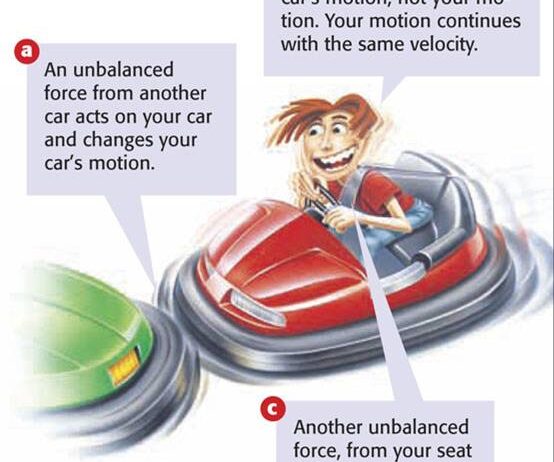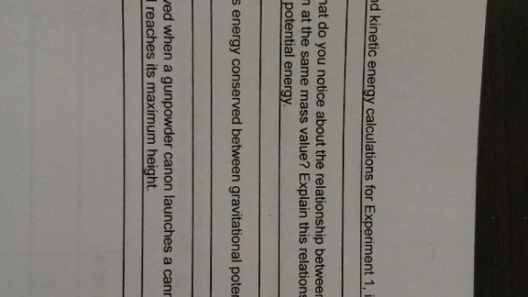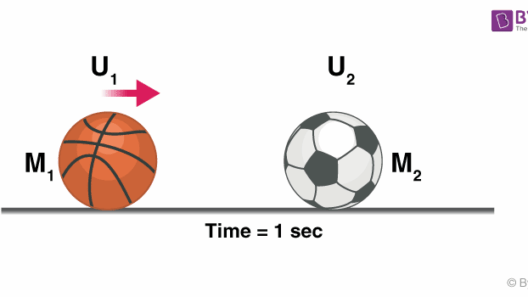When one thinks of amusement parks, a plethora of exhilarating rides come to mind, and bumper cars are undoubtedly among the favorites. These whimsical contraptions invite participants to engage in light-hearted collisions, creating an atmosphere of merriment. However, behind the facade of fun lies a captivating question: Is mechanical energy conserved in bumper cars? The inquiry invites a deeper exploration into the interplay of energy forms and their implications in a playful yet scientific context.
To grasp this concept, we must first define mechanical energy. In physics, mechanical energy is the sum of kinetic energy and potential energy within a system. Kinetic energy arises from the motion of objects, while potential energy is stored energy based on an object’s position or state. The principle of conservation of mechanical energy posits that in an isolated system, the total mechanical energy remains constant, provided no energy is added or taken away through external forces. Now, in the context of bumper cars, one might ponder how this principle applies amidst the chaos of joyous collisions.
As participants board the bumper cars, they experience a surge of kinetic energy as the cars accelerate. This energy is generated by electric motors that convert electrical energy into mechanical energy. Interestingly, this transformation has an ecological impact, as amusement parks must consider the energy sources powering their attractions. Conventional electricity often comes from non-renewable sources, thus propelling discussions about sustainable energy practices within recreational environments.
Once the bumper cars begin their delightful antics, they collide with other cars and the barriers of the ride. Herein lies a critical juncture: during a collision, kinetic energy is transferred between the colliding vehicles. While energy is conserved in a closed system, the reality of bumper car interactions introduces losses due to various factors, including friction, sound, and heat. As kinetic energy dissipates, one might argue that the conservation principle appears somewhat compromised. Furthermore, each collision generates sound waves—an energetic manifestation that escapes the system, thus complicating the narrative of conservation.
To delve deeper into the dynamics at play, consider the following scenario: two bumper cars approach each other directly. Car A, with a greater mass or speed, collides with Car B, which is either stationary or moving slowly. Upon impact, Car A transfers some of its kinetic energy to Car B, causing B to accelerate. This exemplifies the conservation of momentum, an essential principle in physics. However, not all kinetic energy from Car A is transformed into Car B’s motion; some energy is lost in the form of heat and sound, reinforcing the idea that while momentum may be conserved, mechanical energy is not wholly preserved. This observable phenomenon invites a greater reflection on energy efficiency during amusement park operations.
From an environmental perspective, the principles governing bumper cars symbolize broader challenges within energy consumption and conservation. For instance, amusement parks are often criticized for their energy-intensive operations, which can contribute to a substantial carbon footprint. If bumper cars were optimized for energy conservation—perhaps by utilizing regenerative braking systems akin to electric vehicles—parks could minimize energy loss and exhibit a model of sustainable enjoyment. The playful experience of bumper cars could therefore transition into an enlightening example of energy stewardship.
One must also consider the role of design in bumper car mechanics. Traditional bumper cars are often powered by grid electricity, which typically leads to apprehensions about energy efficiency. However, innovations are emerging. Some parks are experimenting with solar panels integrated into ride structures, providing clean energy while ensuring the fun remains uninterrupted. Such adaptations could propel the amusement industry toward a greener future.
Moreover, the materials used in constructing bumper cars warrant scrutiny. Lightweight, durable materials can enhance energy efficiency by reducing the overall mass of the vehicles. This approach not only contributes to lower energy consumption but also aligns with modern conservation philosophy. The ecological preferences of the consumer market further influence the push for sustainable amusement park features, ultimately altering the traditional landscape of entertainment.
In conclusion, the question of whether mechanical energy is conserved in bumper cars presents a delightful challenge to our understanding of energy dynamics. While individual collisions demonstrate that mechanical energy is not entirely preserved due to various forms of energy dissipation, the principles of momentum conservation still apply. Presently, the conversation around bumper cars is not solely centered on enjoyment but also touches upon environmental responsibility. The possibilities for integrating sustainable practices into the design and operation of bumper cars are boundless. By addressing energy efficiency, amusement parks can transform its rides into effective energizers for both visitors and the planet. The playful question posed at the outset ultimately invites profound reflection, merging physics, ecology, and recreation in a harmonious pursuit of fun and sustainability.







